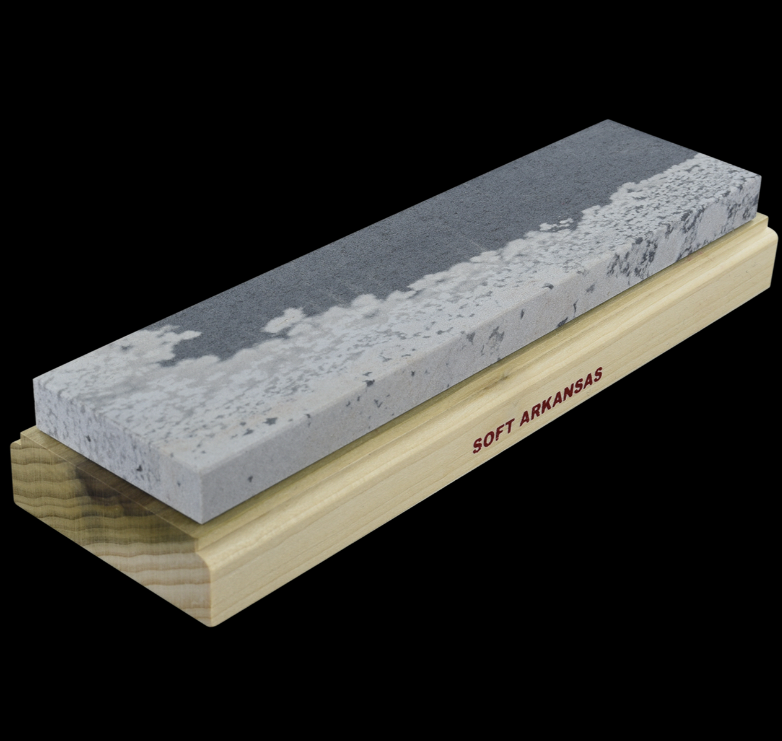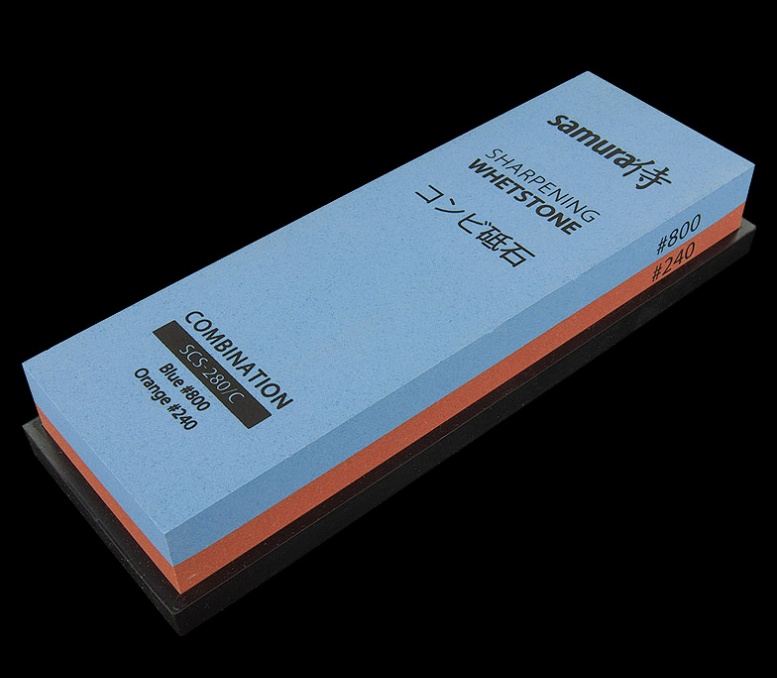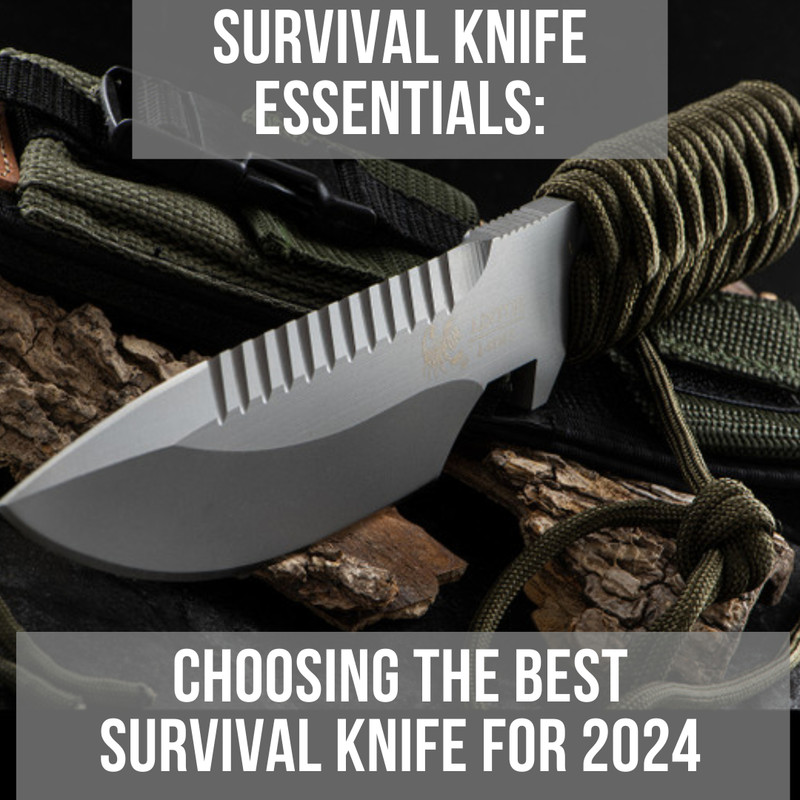Keep Your Knife Sharp With a Whetstone
Posted by HH on 24th Apr 2023
Keeping your knife in premium condition is essential for efficient and safe use. A dull knife will not only make cutting and chopping much more difficult, but it can also be dangerous as it can slip and cause injuries.
While there are many different ways to sharpen a knife, using a whetstone is one of the most effective and preferred methods. In this blog, we will discuss the importance of maintaining a sharp knife, sharpening a knife with a whetstone and the how-to’s of using a whetstone.

The Importance of Maintaining a Sharp Knife
Maintaining a sharp knife is important for many reasons, including safety, efficiency, precision and longevity, and can be of much better use to you when going about your tasks if it’s at its sharpest. After all, there is nothing more satisfying than a beautifully functioning blade edge.
Here’s why you should always try and maintain a sharp knife:
Safety - A dull knife can sometimes be more dangerous than a sharp one. With a dull knife, it requires more force to make a slight cut, which can cause your knife to slip, resulting in injury.
Efficiency - If you’re preparing food, then a sharp knife will make your preparation much quicker. A blunt, dull knife can mean a slower food-prep process, not something you want when you’ve had a long day and need food.
Precision - A sharp knife allows for greater control and precision when cutting. This is especially important when working carefully whether you're shaping wood or dealing with delicate ingredients.
Longevity - Keeping your knife sharp will actually help to extend the life of your knife. Regular sharpening can help maintain the knife’s shape and prevent it from becoming damaged.
Sharpening a Knife with a Whetstone
A whetstone is a tool used to sharpen and maintain the edge of your knife and works by removing small amounts of material from the blade, creating a new, sharp edge. There are so many different ways a whetstone can help to sharpen your knife, these include removing dullness, creating a sharp edge, and refining the edge. A whetstone can also offer versatility with it being available in various grit sizes.

How To Use A Whetstone To Sharpen Your Knife
Keeping your knife in premium condition using a whetstone really is a straightforward process, which is exactly what you want. These are some of the most important steps we’d recommend following to sharpen your knife.
1. Understanding The Whetstone
It’s important to start by understanding the whetstone and the different types available, as you need to make sure you get the right grit size for your knife - we explain about grit, below.
2. Preparing Your Knife
Before you get to the sharpening of your knife, it’s important that you clean it first, removing any dirt, debris or food that may interfere with the sharpening process. Some whetstones are designed to be soaked with oil or water before use, others can be used dry., Water or oil will help to ensure the stone is properly lubricated and prevents it from becoming damaged.
3. Sharpening The Knife
The position of your knife on the whetstone is important, and it’s key to maintaining a consistent angle. Depending on the dullness of your knife, we’d recommend starting with a coarse grit stone and working your way to a finer grit. Move the blade back and forth across the stone, applying even pressure and making sure to sharpen both sides of the blade evenly. Using a consistent motion and applying enough pressure to remove small amounts from the blade is a great place to start. Some sharpening systems will hold the blade in place at a fixed angle, others allow you to sharpen your knife “freehand”. There’s no one correct way of sharpening - use the technique that suits you best.
4. Maintenance & Care
After cleaning and sharpening your knife it’s important to maintain its edge, so it’s all about storing it properly. Rinse your blade with water and dry it thoroughly, then rub with a light oil before storing it. Blades with a high carbon content should not be stored in a leather sheath, as these tend to create a moist environment and encourage corrosion.
By following some of these simple steps, you can keep your knife in premium condition using a whetstone. With regular maintenance and care, your knife will last much longer.
In conclusion, a sharp knife is an essential tool in any pocket, workshop, kitchen or outdoor backpack, and using a whetstone is an effective and efficient way to maintain its edge. By following some of the steps outlined in this blog, you can ensure that your knife stays in premium condition and is always ready for use.
With regular maintenance and care, you can enjoy a sharp and efficient knife for years to come. So, make sure to invest in a good quality whetstone, and take the time to sharpen your knives properly!
At Heinnie Haynes we have so many different types of knife sharpeners, to find one that will suit your needs we also have a blog on Sharpening Basics: What Are The Different Types of Knife Sharpeners Available for you to read.
See Our Full Range Of Premium Quality Knife Sharpening Products







